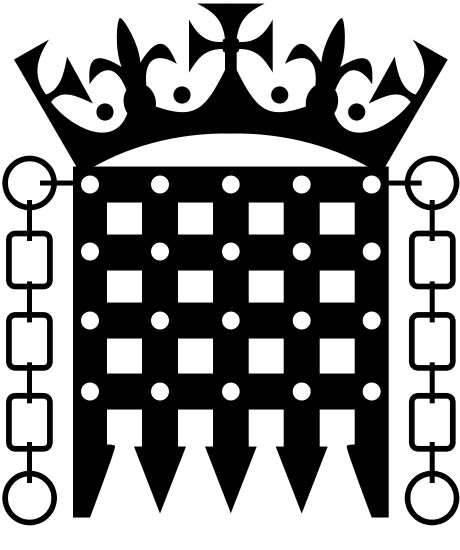 The British Parliament is regarded as the Mother of all Parliaments and has been in existence, in one form or the other, since 1236. The spark of such an institution began when King John was forced by the Barons in England to sign a Magna Carta in 1215. This gave the Barons legal rights on how the country was to be governed. It forced the King to listen to their advice. In the first few centuries of its existence, the meeting of the Parliament was only an occasion and was not institutionalized. The meetings took place at the sole whims and fancies of the ruling Monarch.
The British Parliament is regarded as the Mother of all Parliaments and has been in existence, in one form or the other, since 1236. The spark of such an institution began when King John was forced by the Barons in England to sign a Magna Carta in 1215. This gave the Barons legal rights on how the country was to be governed. It forced the King to listen to their advice. In the first few centuries of its existence, the meeting of the Parliament was only an occasion and was not institutionalized. The meetings took place at the sole whims and fancies of the ruling Monarch.
Simon de Montfort’s Parliament
Since Parliaments met only when the King wanted them to, the Barons were dissatisfied with how the Parliament worked. Matters came to the fore in 1258 during the Parliamentary session in Oxford. The Barons expressed their dissatisfaction to King Henry III. They proposed a set of radical reforms called the “Provisions of Oxford.” The Barons wanted the Parliament to have three regular meetings a year and it should also consist of twelve non-noble representatives chosen from the counties. King Henry III refused and war broke out between him and the leader of the Barons, Simon de Montfort.
In 1264, de Montfort prevailed over the King and in January of the following year, he called a Parliament of his own, to discuss peace terms with the King. Historians acknowledge that this parliament is the forerunner of the modern Parliament. A few months after convening this Parliament, de Montfort was killed in battle by Edward, the son of Henry III. When Edward became King in 1272 he institutionalized the role of Parliament, but to serve his own purpose.
Parliament Under King Edward I – The Model Parliament
In 1295, King Edward I called the first Parliament and invited nobles and churchman. He also issued writs for the election of two representatives from each county (known as Knights of the Shire), city and town (known as Burgesses) and those elected were also invited to attend. He wanted this parliament to give assent to his new taxation proposals. This model of representation soon became the norm. When the King wanted to increase taxes, the Parliament would demand a favor in return and due to the desperate need for finances, the King would be forced to agree. Slowly parliamentary standards and practices were set in place.
Representation in the Parliament
In January 1327, the Parliament acted to remove Edward II from the throne and since then every subsequent Parliament has included representatives of the people. The pattern for governance was set comprising the lords, the commoners, and the monarch.
When Edward III came to the throne in 1327, the representatives of the counties, the Knights of the Shire, and the representatives of the cities and towns, the Burgesses, were a permanent part of the Parliament and they met in a common chamber called the House of Commons. In 1341, the Commons deliberately separated the House of Commons from the Monarch and Nobles. King Edward III also proclaimed that Parliament should meet annually and between 1327 and 1485, the Parliament met almost every year and it did not meet only in 42 years during this period.
The Speaker
In 1376, the people were dissatisfied with the rule of King Edward III, since he listened only to his favorite courtiers. The House of Commons chose Sir Peter de la Mare to act as its spokesman in dealings with the King and the House of Lords. The following year this position became institutionalized with the appointment of Thomas Hungerford.
Role of the House of Commons in Law-Making
The power of the House of Commons got a boost in 1399 when Richard II’s cousin Henry Bolingbroke deposed the King and turned to Parliament to legitimize his shaky claim to the throne and grant him money. In 1401, having the upper hand, the House of Commons forced the King to recognize the right of the Commons to initiate all grants of money. This right has been jealously guarded by the House of Commons till this day.
The House of Commons slowly expanded its powers and reached the position of eminence witnessed today. Over the centuries Parliamentary practices and conventions were evolved, which made the British Parliament the model of Parliaments today. Today the Parliament has elected representatives from all walks of life and the government is of the people, by the people and for the people.